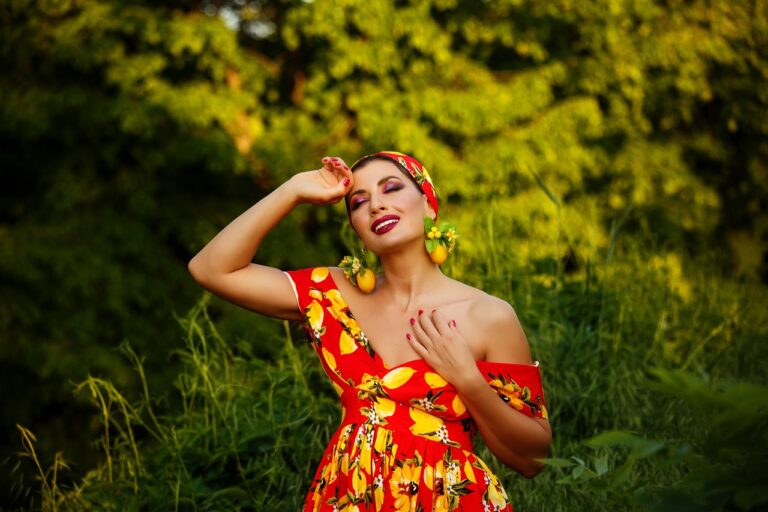Fashion Vlogging and Fashion Merchandising: Product Lifecycle Management: Silverexch.com, Goldenexchange, Betbook247.com
silverexch.com, goldenexchange, betbook247.com: Fashion vlogging has become a dominant force in the fashion industry, with influencers taking to platforms like YouTube and Instagram to showcase the latest trends and styles. As the popularity of fashion vloggers continues to rise, the concept of fashion merchandising has evolved to include a new element: product lifecycle management.
Product lifecycle management (PLM) is a crucial aspect of the fashion industry, especially for brands and retailers looking to stay ahead of the competition. It involves managing the entire lifecycle of a product from the initial design concept to production, distribution, and finally, disposal. With fashion vloggers playing a vital role in influencing consumer behavior, brands must now consider how PLM can be integrated into their marketing strategies.
By incorporating fashion vlogging into their merchandising efforts, brands can effectively manage their product lifecycles in several key ways:
1. Trend forecasting: Fashion vloggers have their finger on the pulse of the latest trends, making them invaluable resources for brands looking to stay ahead of the curve. By collaborating with vloggers, brands can gain insights into emerging trends and incorporate them into their product development cycle.
2. Product design: Vloggers can provide input on product design, offering feedback on styles, fabrics, and colors that resonate with their audience. This collaboration can help brands create products that have a higher chance of success in the market.
3. Marketing and promotions: Fashion vloggers can help create buzz around new product launches through sponsored content, unboxing videos, and styling tips. By leveraging vloggers’ influence, brands can reach a wider audience and drive sales.
4. Customer feedback: Vloggers can act as a bridge between brands and consumers, providing valuable feedback on products and services. By monitoring vloggers’ reviews and comments, brands can gain insights into customer preferences and make adjustments to their product offerings accordingly.
5. Sustainability initiatives: With consumers increasingly demanding sustainable and ethically produced fashion, brands can use fashion vloggers to communicate their sustainability efforts and highlight eco-friendly products. This transparency can build trust with consumers and drive loyalty.
6. End-of-life management: Once a product reaches the end of its lifecycle, fashion vloggers can help promote recycling and upcycling initiatives. By partnering with vloggers on sustainable disposal practices, brands can demonstrate their commitment to environmental stewardship.
FAQs:
Q: How can brands identify the right fashion vlogger to collaborate with?
A: Brands should look for vloggers whose aesthetic aligns with their brand values and target audience. Additionally, they should consider vloggers’ engagement metrics and audience demographics.
Q: How can PLM software help with fashion vlogging and merchandising?
A: PLM software can streamline communication and collaboration between brands, vloggers, and other stakeholders. It can also help track product development timelines and monitor performance metrics.
Q: What are the benefits of incorporating fashion vlogging into merchandising strategies?
A: Fashion vlogging can help brands reach a wider audience, drive sales, gain valuable insights into consumer preferences, and build brand loyalty.
In conclusion, fashion vlogging and fashion merchandising are evolving in tandem, with PLM playing a crucial role in managing product lifecycles. By harnessing the power of fashion vloggers, brands can enhance their merchandising efforts and stay competitive in a fast-paced industry.







